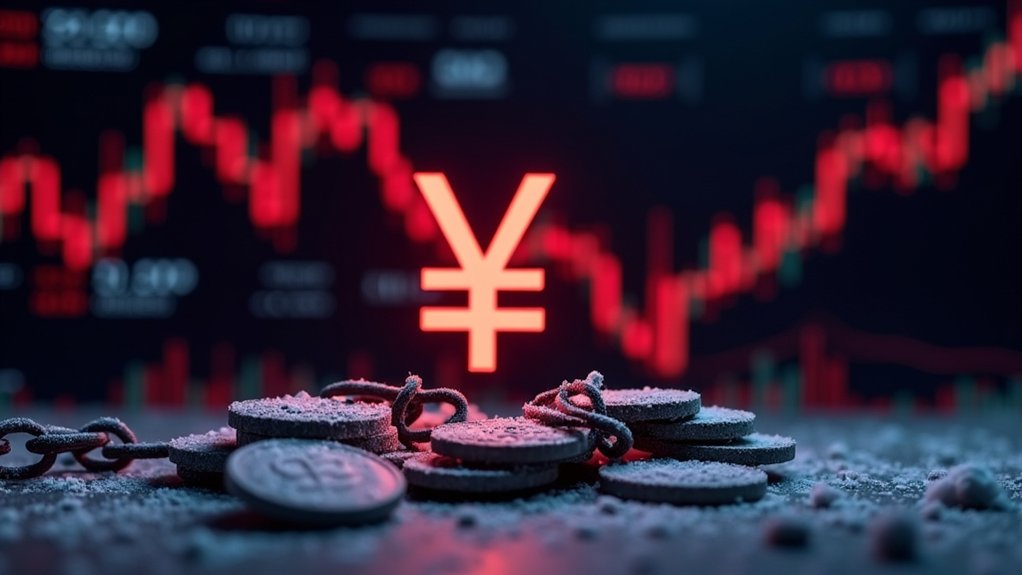Stripe is diving headfirst into the stablecoin revolution, and this time they mean business. After a rocky start with Bitcoin in 2014 and an awkward breakup in 2018, the payment giant is back in the crypto game – and they’ve brought their checkbook. Their massive $1.1 billion acquisition of Bridge, a cross-border API infrastructure company founded by ex-Coinbase executives, proves they’re not just dipping their toes in the water.
Let’s be real: traditional international payments are a mess. Wire transfers take forever, cost a fortune, and seem stuck in the 1990s. Stripe‘s new stablecoin integration, launched in October 2024, cuts through this nonsense. We’re talking seconds instead of days for settlements, and fees dropping from wallet-draining percentages to mere pennies. It’s like watching dinosaurs try to compete with spacecraft. The integration could reduce remittance costs by approximately 4.5 percent. Companies like SpaceX’s Starlink are already leveraging these cross-border transfer capabilities.
The company’s playing it smart, though. They’re not forcing merchants to become crypto experts overnight. Instead, Stripe’s keeping the front-end familiar – businesses still price in good old USD – while the magic happens behind the scenes. Through partnerships with Coinbase and their newly acquired Bridge infrastructure, they’re quietly revolutionizing how money moves across borders. Smart contracts automatically manage token supply to maintain price stability.
CEO Patrick Collison isn’t subtle about the potential. With a stablecoin market valued at $3.7 trillion, Stripe’s positioning itself to capture a chunk of that pie. They’re targeting companies outside the US, UK, and Europe – you know, the places where sending money is about as efficient as using carrier pigeons.
This isn’t just another product launch. It’s Stripe future-proofing its business as finance increasingly moves to blockchain. Supporting USDC payments across Ethereum, Solana, and Polygon networks, they’re building a thorough toolkit that makes traditional banking look like ancient history.
For a company that aims to “increase the GDP of the internet,” this move isn’t just ambitious – it’s inevitable. The payment landscape is changing, and Stripe’s making sure they’re not just along for the ride – they’re grabbing the wheel.





